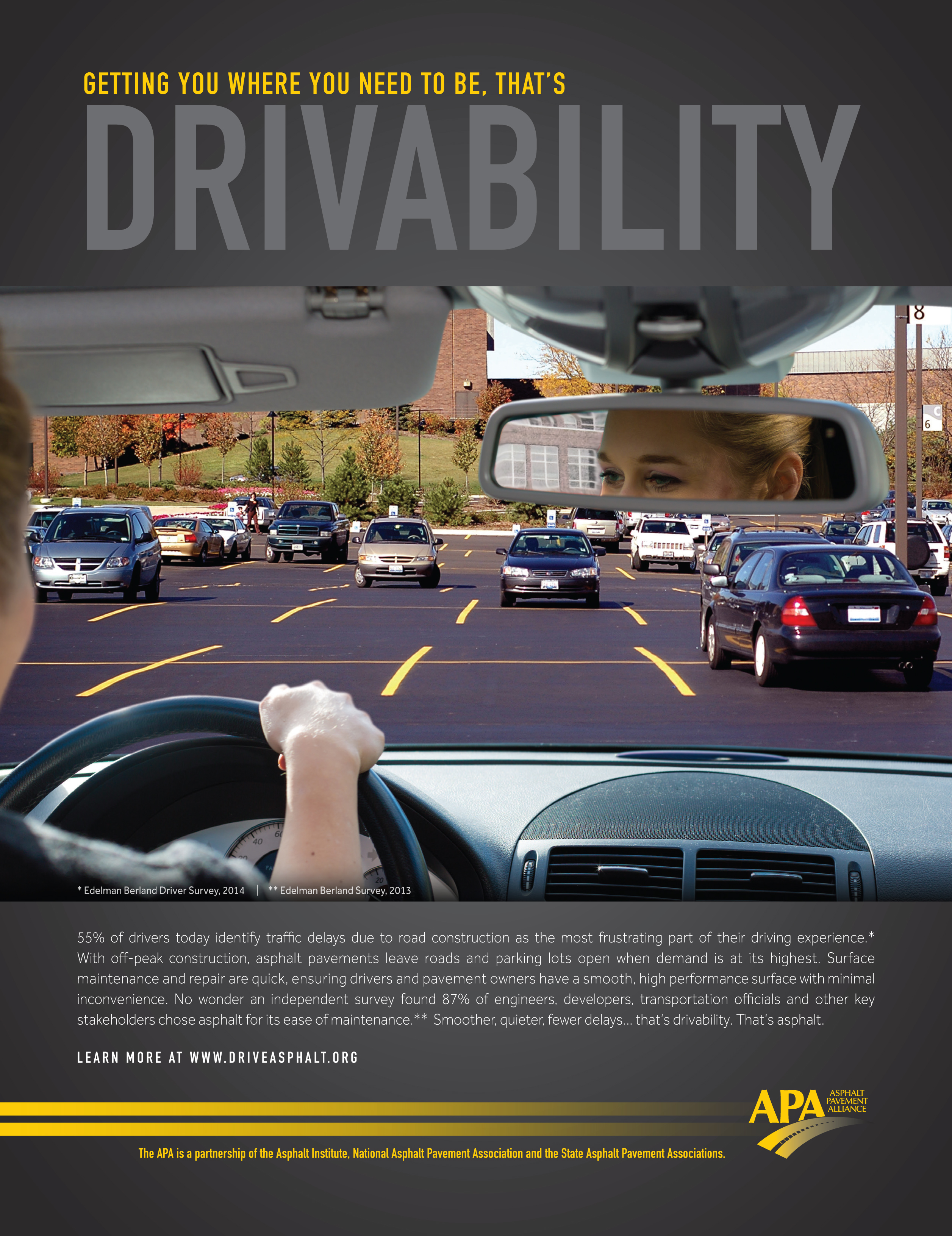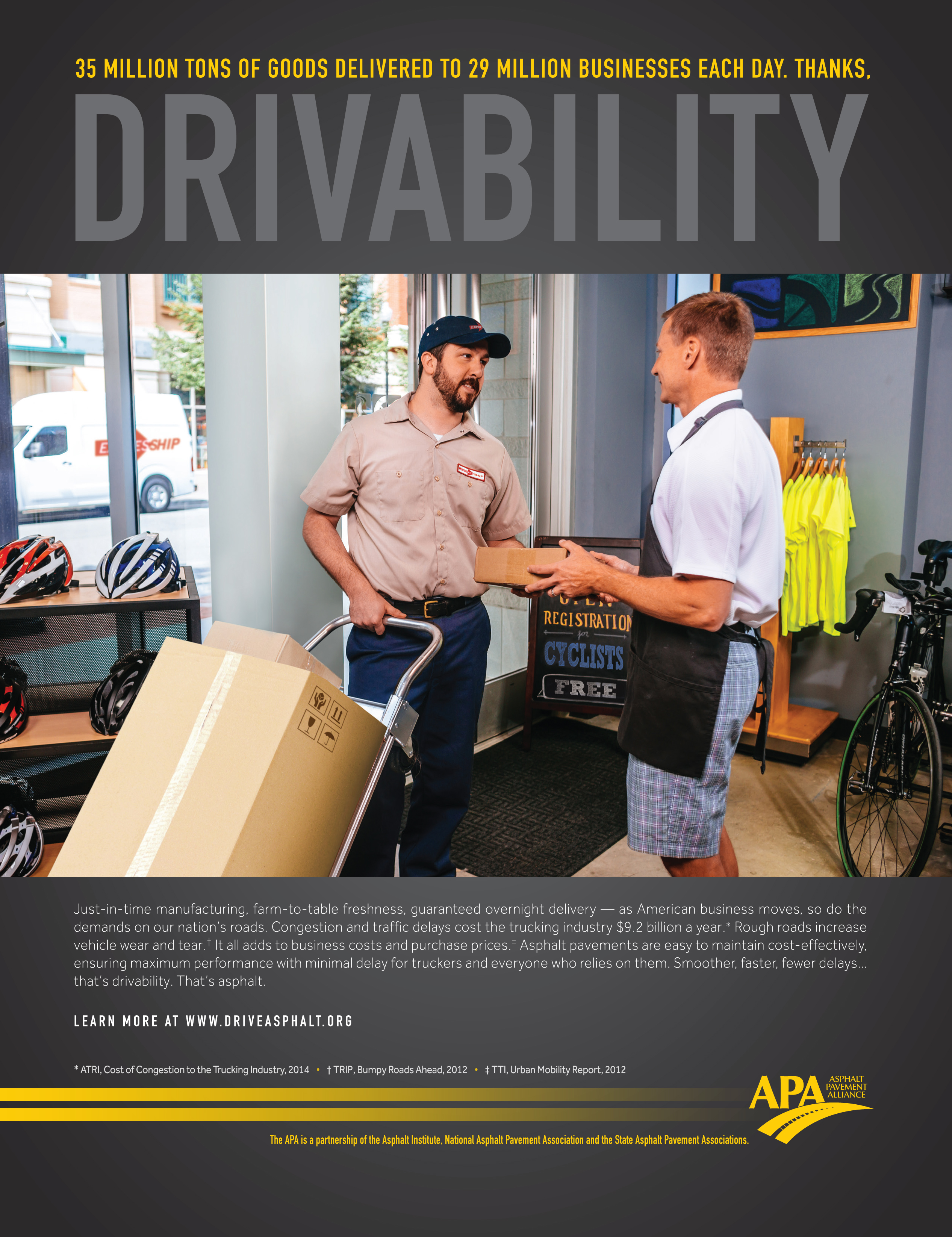NAPA Releases Interim Silica Rule Guidance
Less than two weeks ago, OSHA released its final silica rule or permissible exposure limit (PEL). NAPA has reviewed the rule and developed interim guidance for our members and industry on how the rule impacts asphalt pavement mix production and asphalt pavement road construction activities.
Recognizing that roadway milling operations have the potential to create silica-laden dust, NAPA worked for more than a decade with our members, labor, milling machine manufacturers, academia, and government to devise engineering solutions that would control these emissions.
Through its hard work, the Asphalt/Silica Milling Machine Partnership developed efficient solutions to this potential hazard. OSHA recognized the effectiveness of these engineering controls by specifying their use in Table 1 of the standard. Many newer existing milling machines already have these controls in place, and manufacturers have pledged to have them on all half-lane and larger mills starting in January 2017. In addition, retrofits will be made available for many older model milling machines.
NAPA's interim guidance provides an overview of the rule and identifies how OSHA-approved equipment controls can be used to comply with some aspects of the rule. For asphalt pavement road construction activities where OSHA has not identified specific controls, the guidance provides additional information that will assist companies with their compliance efforts.
NAPA plays a vital role in keeping the asphalt industry vibrant and profitable. Supporting NAPA is one way that IAPA members can make sure that the industry will stay healthy tomorrow. By joining NAPA, you support an additional 18 people with expertise in technical, engineering, legislative, environment/health/safety, and marketing areas. NAPA's staff supports IAPA by providing technical guidance and information on national issues like this.



